Homemade Raw Apple Cider Vinegar
By blum099
a large glass jar – I use this 3-quart jar I found at a discount store, but you can use 1/2 gallon or even 1 gallon jars, whichever you prefer.
knife and cutting board if chopping apples
Coffee filter or cloth towel to cover jar opening, and rubber band to secure it
Ingredients
- Ingredients:
- Homemade Raw Apple Cider Vinegar
- apple peels, cores, hulls, and seeds left over from processing apples – OR – you can just chop up some apples, enough to fill your jar about halfway or more (Please be sure to read notes section before making this recipe.)
- Sugar-water at a ratio of 1/4 cup sugar dissolved in 1 quart non-chlorinated water, as much as you need to mostly fill your jar
- Store bought Apple Cider Vinegar – the RAW kind, which contains the “mother” – you will need to add 3 tablespoons ACV per quart of water you add to the jar. This serves as a starter culture and helps with acidity
Details
Adapted from thehumbledhomemaker.com
Preparation
Step 1
Place apple pieces into jar.
Add enough sugar water to nearly fill the jar. (Be sure to leave enough room to add the ACV starter.)
Add your apple cider vinegar to the jar.
Cover with coffee filter/towel and secure with rubber band. Leave at room temperature for one week.
After 1 week, strain out the fruit. Return to glass jar, cover, and allow to ferment for another two weeks. Stir every couple of days. When finished, transfer to a glass bottle of your choice.
Notes:
Make sure before you start the process that your apples are well-washed. You may use bruised or browned fruit but not moldy fruit.
You will want to use organic apples; any pesticides will affect the culture.
After a while you will start to notice a strange, rubbery blob forming at the top of your vinegar – it’s forming its own mother! That is a good sign. :)
You can use your favorite granulated sweetener to make the sugar-water, but it has to be an actual sugar. (No stevia, xylitol, etc.) This can be pure white sugar or a less-processed sugar like sucanat. It’s there to feed the yeast and will be consumed by the time it turns to vinegar.
You can use raw honey but since the honey has its own mix of microbes, it will change the culture a bit. It might take longer as well. (I have never tried it.)
Different varieties of apples make different-tasting cider. I use Gala, but I bet a tart apple like a Granny Smith would be amazing.
You can actually do this with many different types of fruit! Try it with organic peaches, pears, cherries, pineapple, grapes, etc.
If you end up with a moldy batch, toss it, no exceptions. Try using more ACV as a starter next time.
Homemade vinegars vary in strength. You can expect a homemade vinegar like this one to be around 6 percent acetic acid or stronger.
You can re-use old glass ACV bottles to keep it in when it’s finished. I also love using glass swing-top bottles. Using a non-metal lid is preferred; vinegar corrodes metal.
You'll also love
-
 Crab Spring Rolls
4.6/5
(11 Votes)
Crab Spring Rolls
4.6/5
(11 Votes)
-
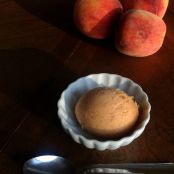 Ginger Peach Sorbet
4.5/5
(13 Votes)
Ginger Peach Sorbet
4.5/5
(13 Votes)
-
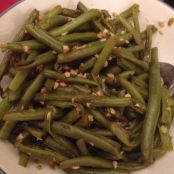 Teriyaki Green Beans
4.7/5
(12 Votes)
Teriyaki Green Beans
4.7/5
(12 Votes)
-
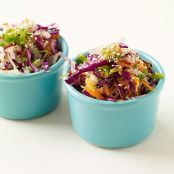 Citrus-Asian Slaw
4.7/5
(14 Votes)
Citrus-Asian Slaw
4.7/5
(14 Votes)
-
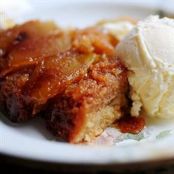 Adam's Apple Cake
4.5/5
(13 Votes)
Adam's Apple Cake
4.5/5
(13 Votes)


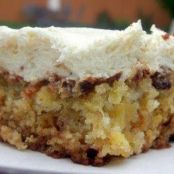
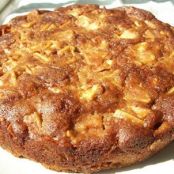
Review this recipe